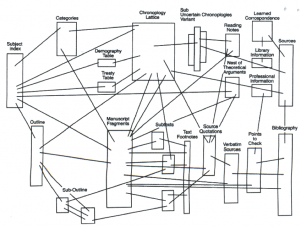Amen Break
My first reaction as I was watching this video was “I HEARD THAT IN THE CARTOONS I WATCHED GROWING UP.” I never really had no idea where it had come from so hearing a piece of the original song from 1969 was quite enticing. Never had I ever heard of these men below.
It comes as no surprise that many musical artists and entertainment/advertisement industries take advantage of this six-second drum sample because it is so catchy; however, there are many issues and questions that come with the use of this drum sample.
One important issue is the use of the piece legally. Did every single artist and advertising company ask to The Winstons if they were able to use this drum sample in their work? The answer to that is no. This is clearly a form of plagiarism in my opinion. Here is the definition of plagiarism as defined by Dictionary.com. After reading that it can easily be said that the use of this piece is quite a violation of plagiarism. The Winstons have the potential to make quite a large sum of money if they ever pursued legal action to receive payment for the use of their drum sample. Or the people that use this beat should at least give credit to them for coming up with such a catchy beat.
The video addresses the idea that people have changed up the order of the beats in order to create an original copy. In my opinion, the changing of the order of beats is not an original. It is just using the same beats and moving them around; in essence, still a violation of rights. I believe that The Winstons deserve a lot more credit than they’ve ever received for the use of this sample. The fact that companies are profiting off this sample is ridiculous. The Amen Break is quite the controversial issue.
In the end, I really enjoyed this video. It really opened up my eyes to copyright and the way people get around that. It was quite informative; however, the voice of the narrator was quite an annoying monotone. Overall, good video.





Recent Comments